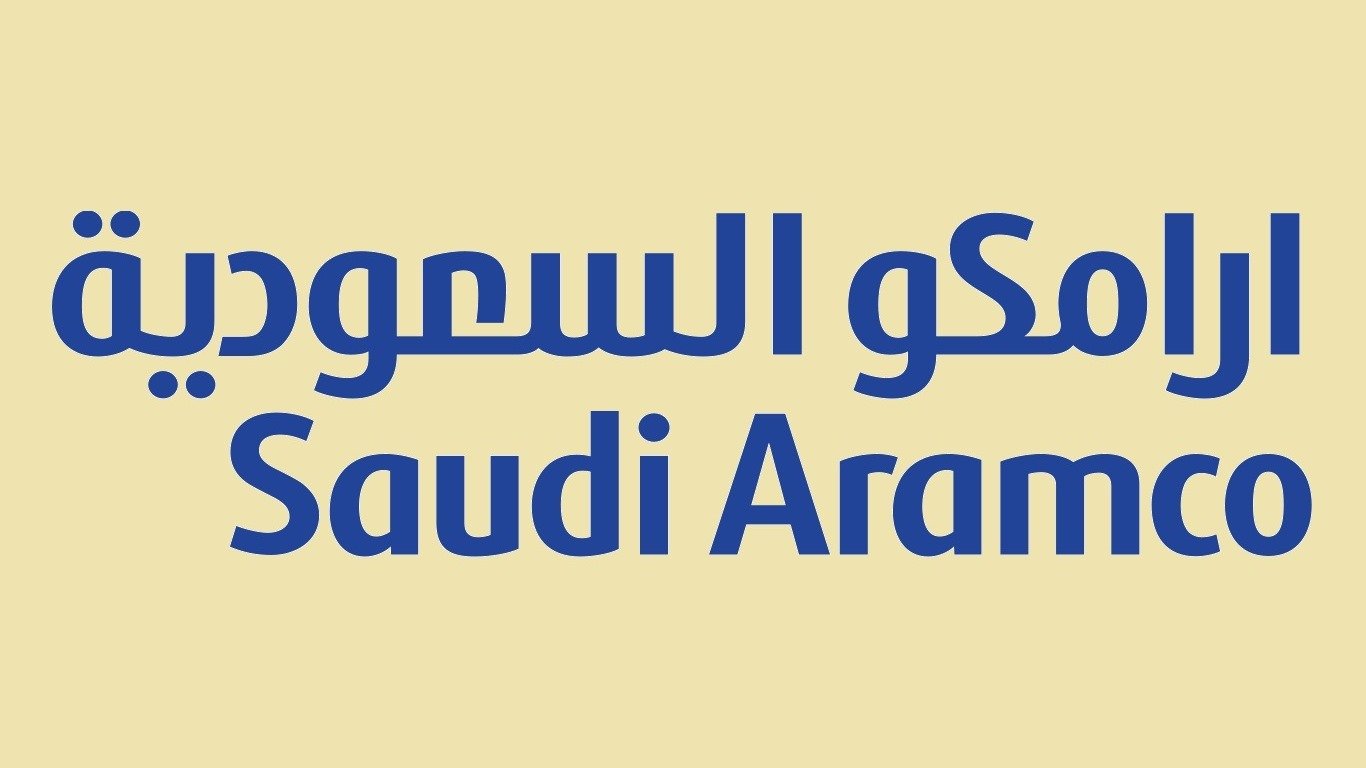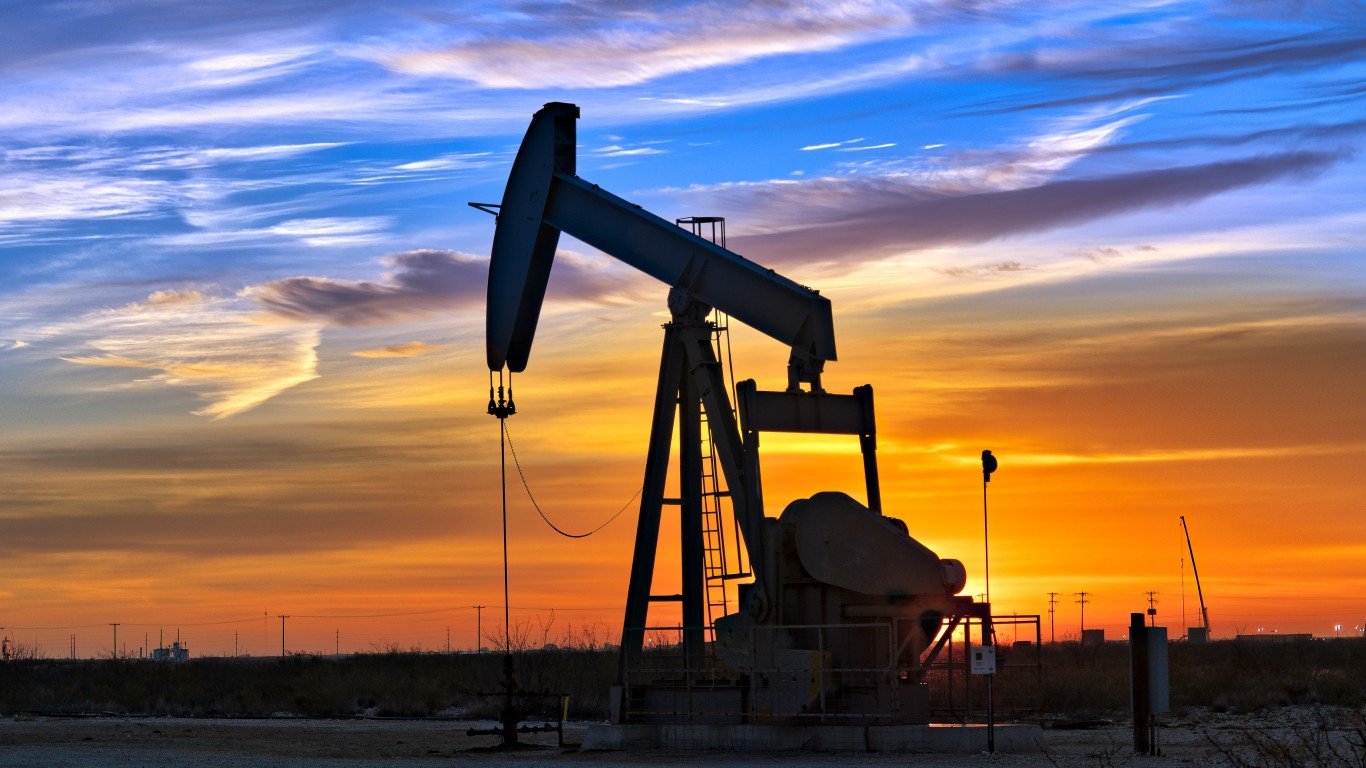

The long-awaited and often-delayed initial public offering (IPO) of Saudi Arabian Oil Company (aka, Saudi Aramco) is about to begin accepting bids for shares in what is by acclamation the world’s most profitable company. Retail investors can begin ordering their shares on November 17, the same day that Aramco will begin building its book of institutional investors. The company is targeting a sale of 0.5% of its shares to individual investors.
The prospectus does not specify a share price. The shares will be priced at the end of the book-building period, which ends on December 4. Individual investors have until November 28 to bid on shares.
The share price range will be set at the close of the book-building period, and individual investors must subscribe to a minimum of 10 shares at the price at the high end of the offering range. Shares will trade only on Saudi Arabia’s Tadawul exchange (for now).
Valuing Aramco has been something of an adventure. When the idea of an IPO was first floated in 2017, Saudi Crown Prince Mohammed bin Salman was seeking a valuation of $2 trillion, with the idea of selling a 5% stake to raise $100 billion in cash. Low crude oil prices have taken a chunk out of that valuation, with current estimates running between $1.1 trillion and $2.5 trillion, according to Bloomberg. The midpoint is $1.75 trillion.
On November 1, Aramco paid an ordinary dividend totaling $13.4 billion to the Saudi government and declared an interim ordinary dividend of $9.5 billion. Aramco expects to top up that interim dividend with another $3.9 billion (bringing the total to $13.4 billion) by the end of December. Shareholders besides the government are not entitled to any of the $13.4 billion paid on November 1 and only to any excess over $13.4 billion for the interim dividends.
According to the prospectus, Aramco expects to declare at least $75 billion in total cash dividends in 2020. A minimum quarterly cash dividend of $0.09375 per share (of 200 billion shares outstanding), or $18.75 billion, will be paid from the government’s share of dividends if necessary.
Aramco also has taken note of environmental activists: “Climate change concerns and impacts could reduce global demand for hydrocarbons and hydrocarbon-based products and could cause the Company to incur costs or invest additional capital.”
The company also has been rounding up wealthy Saudis to sign on as anchor investors in the IPO. The goal is to persuade these investors to take 1% to 2% of shares to be offered. It’s a cinch that some of those would-be investors recognize the implied threat of a second crackdown similar to the 2017 anti-corruption purge that saw a number of rich Saudis, including Prince Alwaleed bin Talal, detained in Riyadh’s Ritz-Carlton hotel in a government-ordered crackdown on corruption. Alwaleed’s wealth has been sliced by more than half since 2014, and he has said that neither his detention nor his eventual release had anything to do with the decline. The government is said to have collected some $100 billion from settlements with its wealthy detainees.
Last November, the CIA concluded that Crown Prince Mohammed ordered the October 2018 murder of Washington Post journalist Jamal Khashoggi. Mohammed denied that in an interview with CBS’s 60 Minutes in September, but did accept “full responsibility” for the murder. Khashoggi’s murder has not cooled enthusiasm among U.S. investment banks for participating in the Aramco IPO. Citigroup, Goldman Sachs, JPMorgan, Merrill Lynch and Morgan Stanley are among the joint financial advisors for the IPO.
In 2016 and 2017, Saudi Aramco accounted for 44% and 43%, respectively, of the country’s gross domestic product and 64.5% and 63%, respectively, of government revenues. In the same two years, the government had to borrow $18 billion and $22 billion to fund its budget. In 2018, the government borrowed another $13 billion to make ends meet. Here’s what this means for shareholders of Aramco, according to the prospectus:
A shortfall in funding to the Government or a decision to seek more revenue from hydrocarbons may lead the Government to change the fiscal regime to which hydrocarbon producers in the Kingdom, including the Company, are subject. Any such change could have a material adverse effect on the Company’s business, financial position and results of operations.
And, it goes without saying, dividends.
Finally, there’s long-term demand for oil, condensate and natural gas liquids, collectively referred to as liquids. The Aramco prospectus expects demand for liquids to rise until 2035 and then to level off. Between 2015 and 2050, the compound annual growth rate (CAGR) of liquid volumes is forecast at 0.9%.
In a scenario where there is a more rapid transition away from fossil fuels, demand for liquids begins to decline late in the 2020s. Under this scenario, the CAGR for Aramco between 2015 and 2050 is 0.7%.
The entire prospectus, all 600 or so pages of it, is available at Aramco’s website.
Brent crude traded flat at around $62.49 late Monday morning, down about $8.00 a barrel in the past year, while West Texas Intermediate traded down about 0.3% at $57.08, down nearly $3.00 a barrel in the past 12 months.
Thank you for reading! Have some feedback for us?
Contact the 24/7 Wall St. editorial team.
 24/7 Wall St.
24/7 Wall St.

